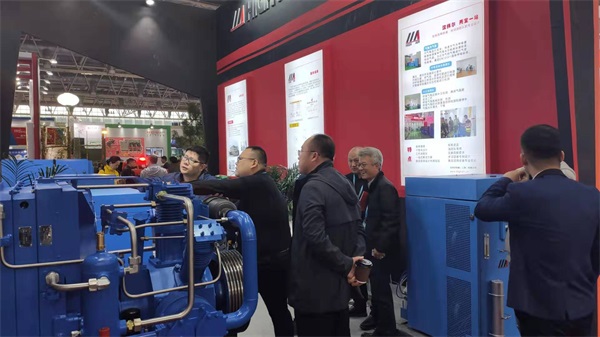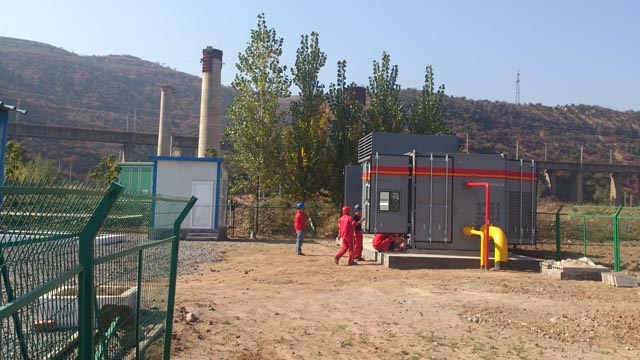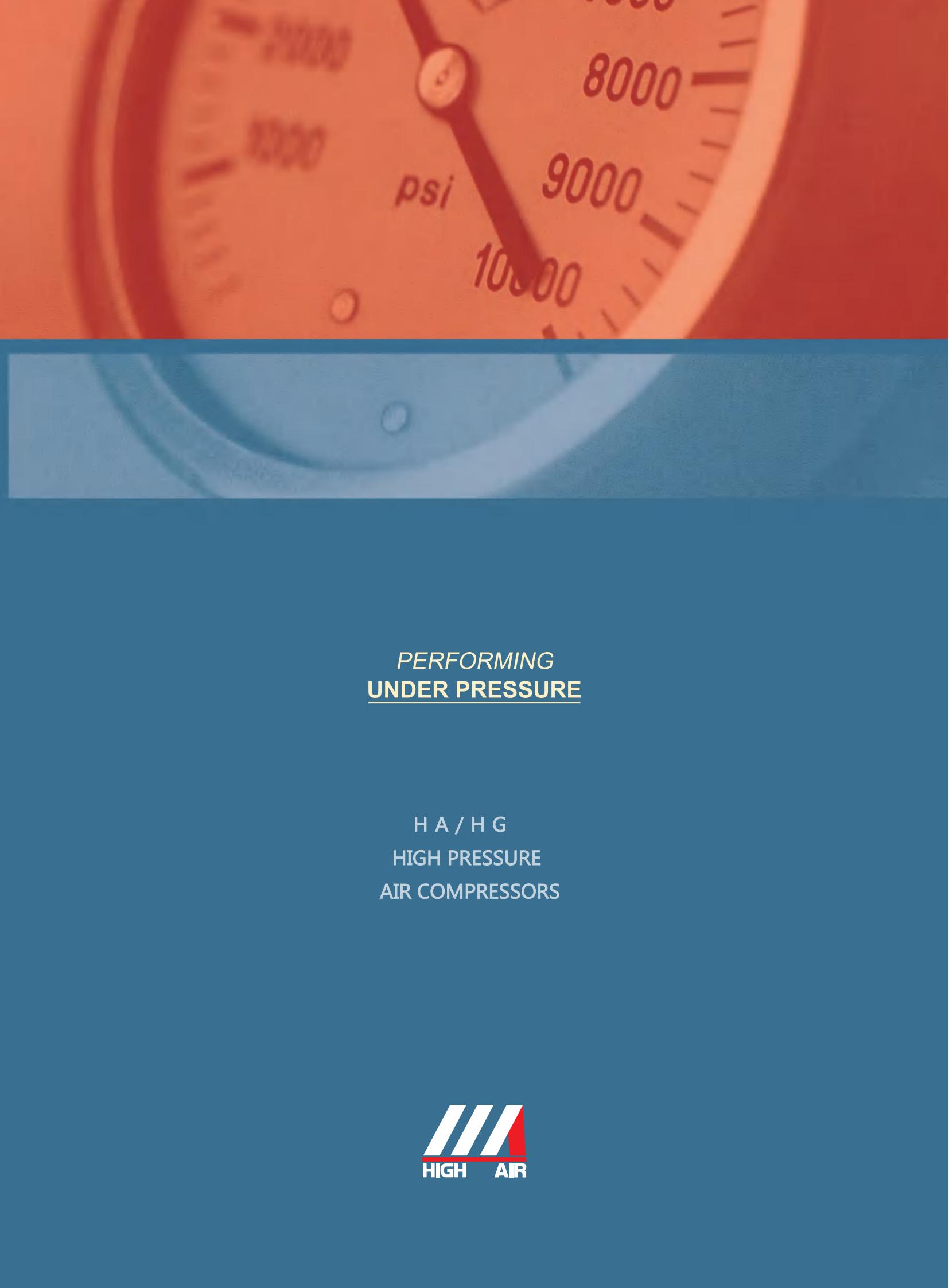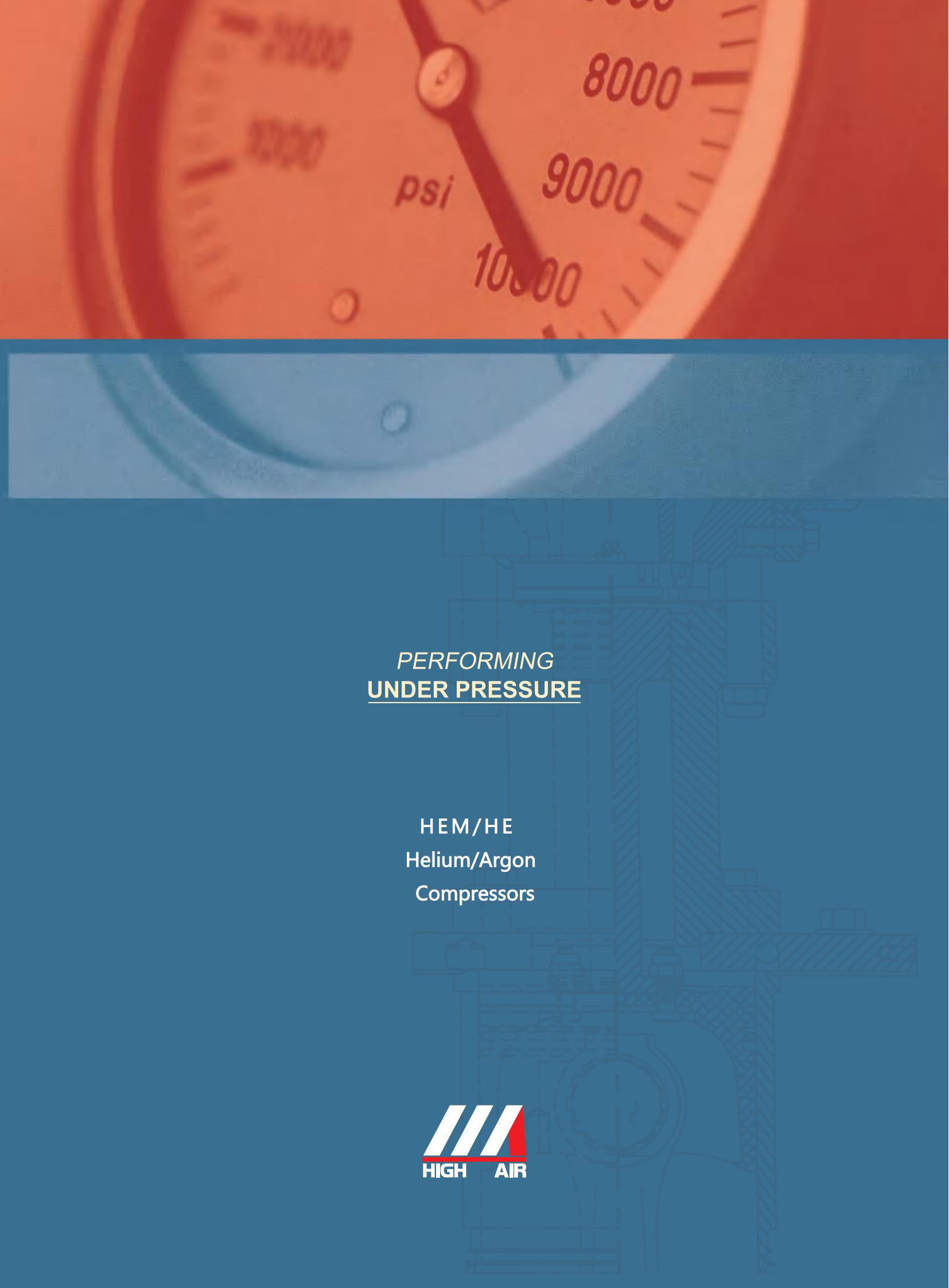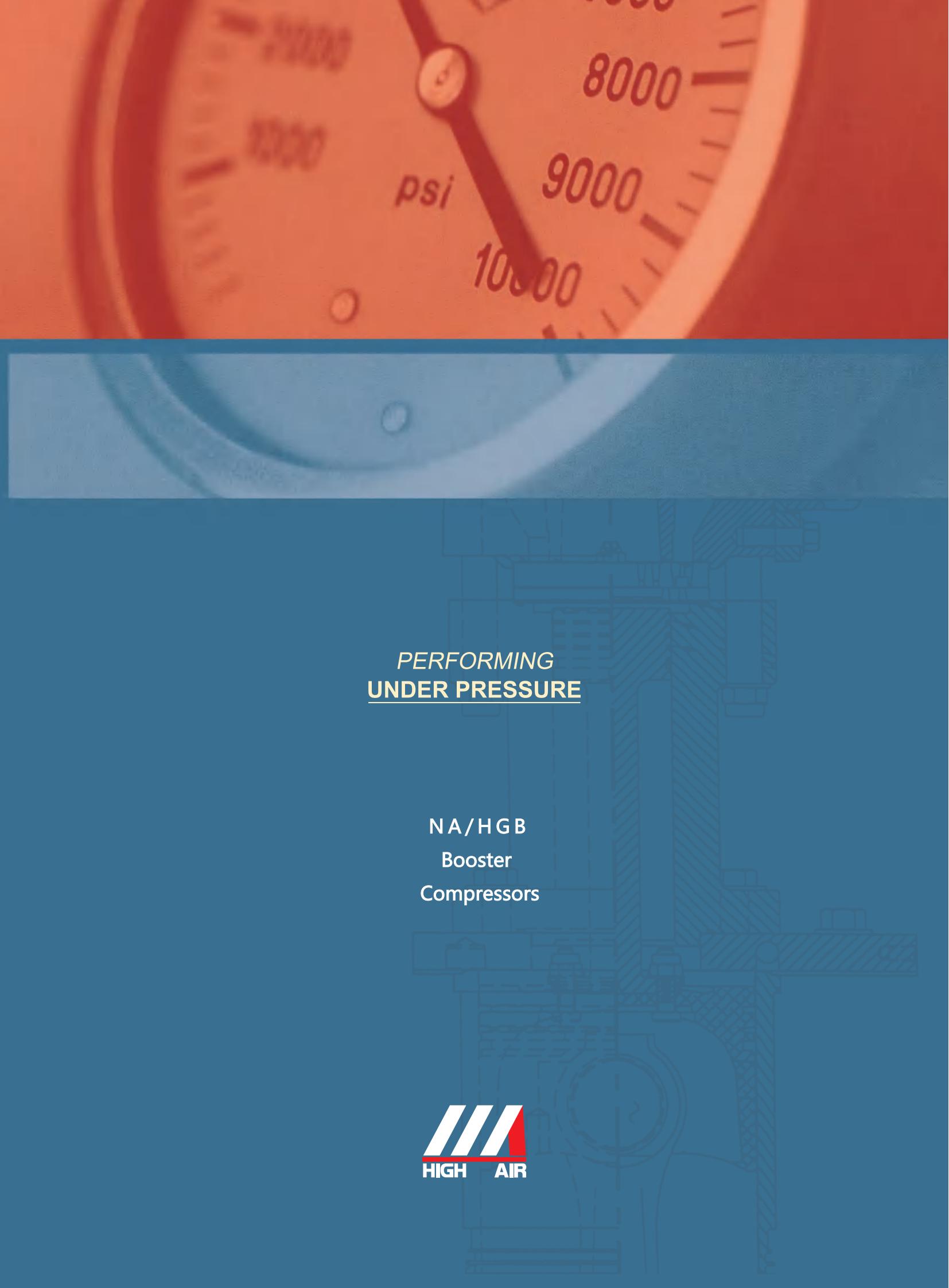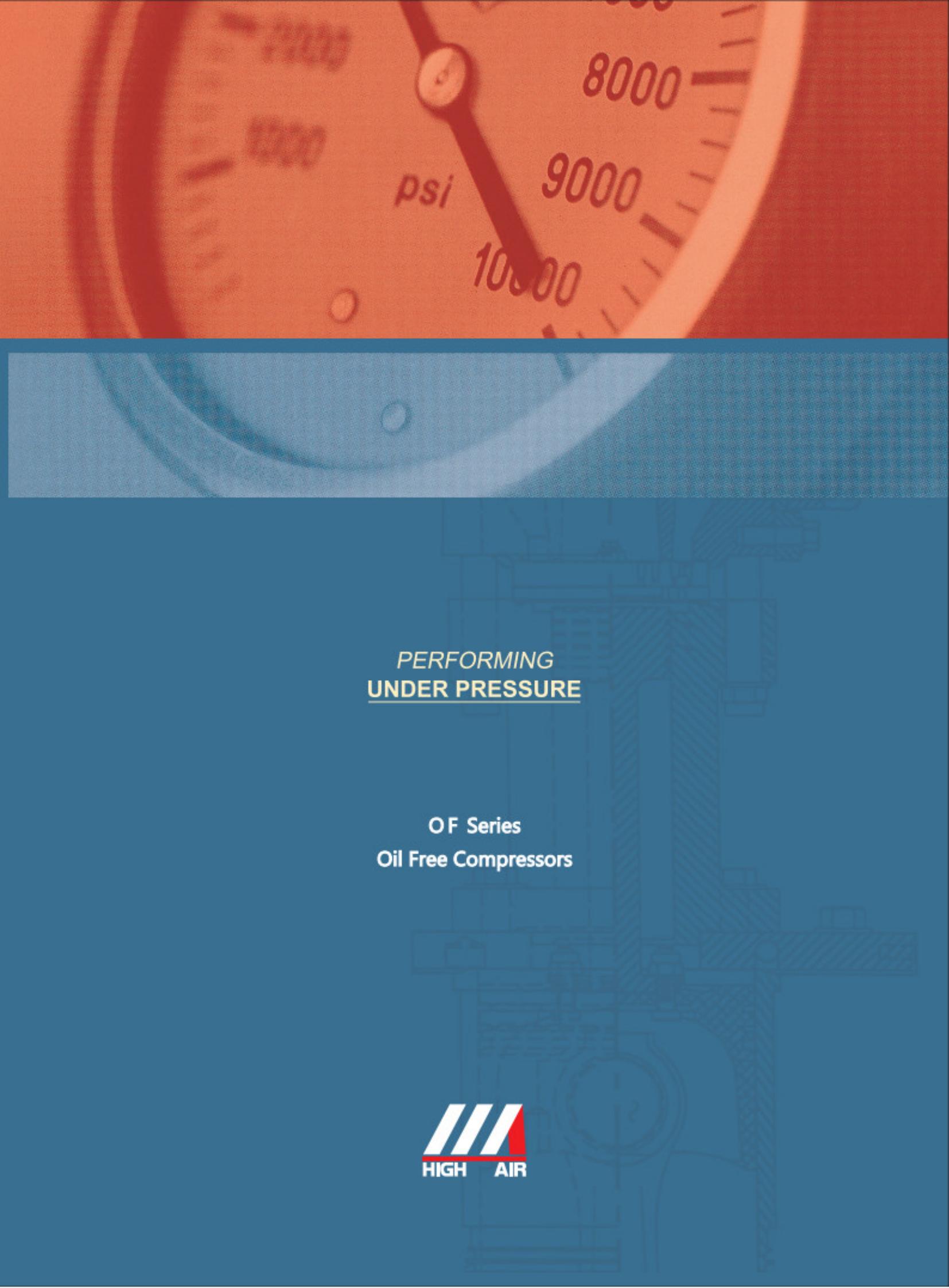Dew point problem of compressor in oil and gas field
Dew point: when a certain pressure is constant (it can be 7kg pressure or atmospheric pressure), air (or compressed air) is cooled. When the temperature reaches a certain value, condensed water begins to precipitate in the air. This temperature is called dew point under this pressure, normal pressure or atmospheric pressure, and compressed air is pressure dew point.
Dew point refers to the water content in a certain environment by temperature. The higher the dew point, the greater the water content. Assume that you fill a closed container with wet air that has just rained, and then start to cool down. Assuming that there is water precipitation at 0℃, it is said that the dew point at this time is 0℃. If other conditions are unchanged, you fill the same container with dry air in the hot summer sun. Assuming that there is condensed water precipitation at -20℃, then the dew point is-20.
Therefore, the dew point of compressed air is -20℃, which means that the compressed air in this environment starts to cool down under the condition that the pressure remains unchanged and other environments remain unchanged. When the temperature drops to -20, moisture appears, which means that the pressure dew point at this time is -20℃.
Pressure dew point means that when a gas with a certain pressure cools to a certain temperature, the unsaturated water vapor contained in it becomes saturated water vapor and precipitates out. This temperature is the pressure dew point of the gas.
Atmospheric dew point refers to the temperature at which the gas is cooled to make unsaturated water vapor become saturated water vapor under standard atmospheric pressure.
In the air compressor industry, dew point indicates the dryness of gas.

